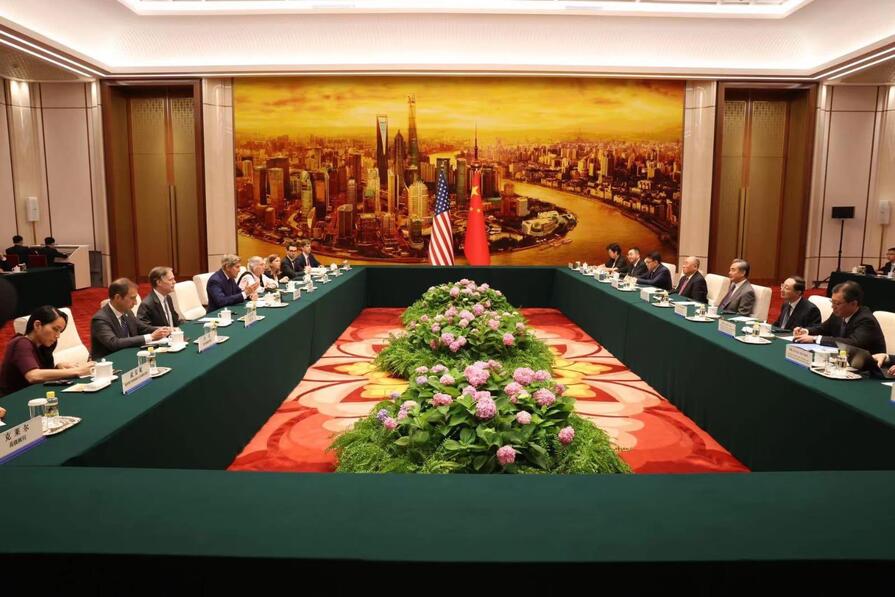Dongwon Lee, Ph.D.
Abstract (Summary)
Two streams of research have been done in corporate environmental strategy literature. One stream is studies with a domestic firm's perspective. It has focused on 'environmental proactivity', which is defined as the extent to which companies comply beyond the environmental regulations imposed by the country of operation. The other stream is studies with a multinational firm's perspective. It has focused on 'environmental uniformity', which is defined as the extent to which an MNC standardizes its environmental practices applied to foreign operations compared to its country of origin.
The latter, however, has assumed that the level of environmental uniformity is closely related to the level of environmental proactivity. In other words, firms declaring local environmental standards have been considered to pollute the natural environment more than those adopting a global uniform standard across foreign operations.
This dissertation started with a question on this assumption, and proposed a new typology of corporate environmental strategy in MNCs. In the new typology, the level of environmental proactivity was combined as a separate dimension together with the level of environmental uniformity. In a 2 x 2 matrix built on those two dimensions, corporate environmental strategies in MNCs are identified as four distinctive strategic patterns: reactive/local, proactive/local, reactive/uniform, and proactive/uniform. This dissertation also investigated a subsequent question of what factors drive firms into different environmental strategies. Based on previous studies on corporate environmental strategy, four driving factors were proposed: environmental technology, manufacturing flexibility, corporate visibility, and environmental heterogeneity.
Then, a conceptual model for corporate environmental strategy was provided to hypothesize the relationship between two strategic dimensions and four driving factors. The conceptual model and the hypothesized relationships were statistically tested using a dataset collected from 184 MNCs. They are manufacturing plants operating Korea, China, India, and South East Asian countries, headquartered in the U.S., Europe, Japan, and Korea.
This dissertation contributes to the environmental management literature by developing a new typology of corporate environmental strategy in MNCs, measuring its two dimensions, and demonstrating its relationship to four driving factors in a conceptual model. The results also provide managers with guidelines for environmental strategic decision making in global operations.
Advisor: Kumar, K. Ravi



